Rob Deer: The Best Homerun Hitter You've Never Heard Of!
The Power Hitter Pantheon: Baseball’s Greatest Home Run Heroes
This project aims to determine the greatest home run hitter of all time by comparing each slugger’s statistics to the average of their era using three formulas. The final adjusted stats will then be used to compare them head-to-head with other all-time greats.
Rob Deer will be the next legendary MLB slugger examined in this study. For a brief biography of Deer, please click here.
Before analyzing Deer's career numbers, it's essential to recognize his accomplishments as a hitter. Let's examine his rankings in key hitting statistics throughout his career. Deer appeared on the MLB leaderboards in the following categories:
1986: #5 (33)
1992: #9 (32)
1986: #1 (14.12)
1992: #4 (12.28)
Now that we have a clear understanding of Deer's accomplishments, we can proceed with the career analysis. According to Baseball Reference, Deer’s official statistics reveal a total of 230 home runs over 3,881 at-bats resulting in an average of at-bats per home run 16.87 (AB/HR).
Rob Deer played in the National League (NL) from 1984-1985 and again in 1996, he also competed in the American League (AL) from 1986-1993.
When aggregating the statistics from each of the seasons Deer competed in, the league totals include 827,708 at-bats and 21,064 home runs, resulting in an average of 39.29 at-bats per home run (AB/HR).
With this data, we can evaluate how Deer’s performance compared to the average NL/AL hitter of his era.
Raw Difference: 22.42
Formula: League Average – Player Career AverageImprovement Factor: 2.33x
Formula: League Average / Player Career AveragePercentage Difference: 57.06%
Formula: (League Average – Player Career Average) / League Average × 100%
AB/HR
At-bats per home run is a key indicator of a player’s power-hitting ability. A lower AB/HR means a player hits home runs more frequently. Deer’s 16.87 AB/HR is substantially better than the league average of 39.29 AB/HR; this shows he was an elite power hitter.
Raw Difference
Deer needed 22.42 fewer at-bats, on average, to hit a home run compared to the typical NL/AL hitter of his time. That’s a significant edge in power efficiency.
Improvement Factor
Deer hit home runs 2.33 times more often than the league average hitter. In practical terms, for every home run an average player hit, Deer hit about 2.33—a clear mark of his standout power.
Percentage Difference
Deer’s AB/HR was 57.06% better (lower) than the league average, reinforcing his dominance as a home run hitter relative to his peers.
Rob Deer’s 16.87 AB/HR places him among the top power hitters of his era. Deer’s 230 career home runs over 3,881 at-bats show he wasn’t a high-volume hitter in terms of total home runs (e.g., compared to 500+ HR club members). However, his rate of home runs per at-bat highlights his specialization as an elite power threat.
In our initial case study, we analyzed the careers of prominent Japanese and Negro League sluggers, alongside MLB greats Mickey Mantle, Alex Rodriguez, and Joe DiMaggio for comparison.
Now, let's compare Sandberg’s career statistics against these baseball legends to gain a clearer perspective on how he stacks up.
Rob Deer’s career power figures closely mirror those of Kazuhiro Kiyohara (19.09/2.28x/56.13%). The Japanese League legend hit a total of 527 home runs over 7,865 at-bats resulting in an average of at-bats per home run 14.92 (AB/HR).
Among the league leaders in home runs during the 1990s, we have analyzed the power-hitting careers of the following players:
Vladimir Guerrero (14.40/1.79x/44.23%)
Vinny Castilla (13.04/1.61x/37.95%)
Tino Martinez (12.08/1.58x/36.54%)
Shawn Green (10.13/1.47x/31.94%)
Sammy Sosa (20.59/2.42x/58.73%)
Ryne Sandberg (13.89/1.47x/31.84%)
Ron Gant (16.41/1.82x/44.95%)
Although Rob Deer is often overlooked as a power hitter, his performance relative to the league average is exceptional. His efficiency surpasses every MLB star listed above, except for Sammy Sosa.
Despite Deer’s 230 career home runs compared to Sosa’s 609, their statistical similarities highlight that career totals aren't always the best measure of a power hitter. This comparison underscores Deer’s underrated status and the need to recognize his impressive power.
If you find this content valuable and would like to support the ongoing studies and articles, your contributions via CashApp are truly appreciated.
Your support helps fund the tools, research, and time dedicated to these projects. Every contribution, no matter the size, plays an important role in keeping this work going.
If you're unable to contribute financially, sharing this article on your social media (X, Facebook, etc.), emailing it to a friend, or texting the link to a fellow baseball fan is just as valuable.
Thank you for your support!

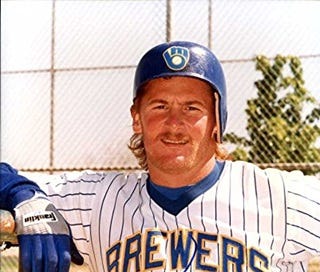


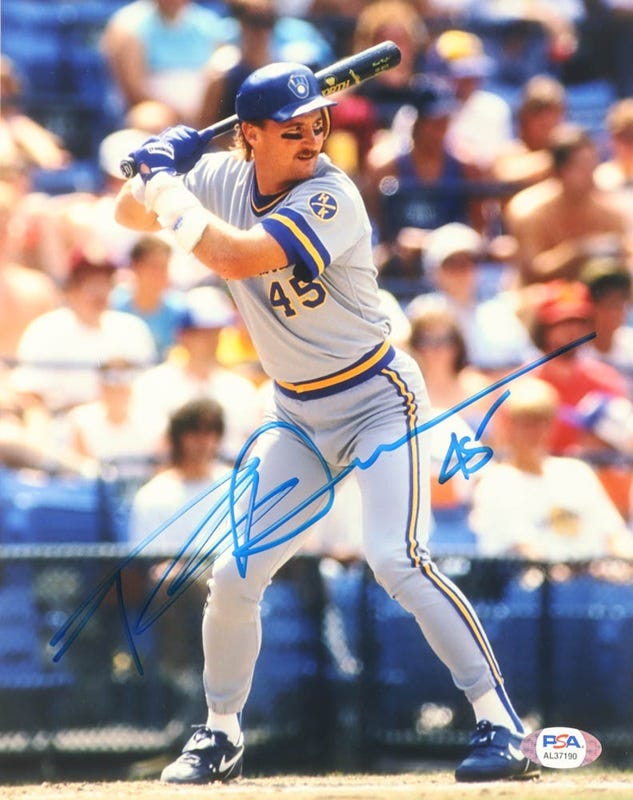
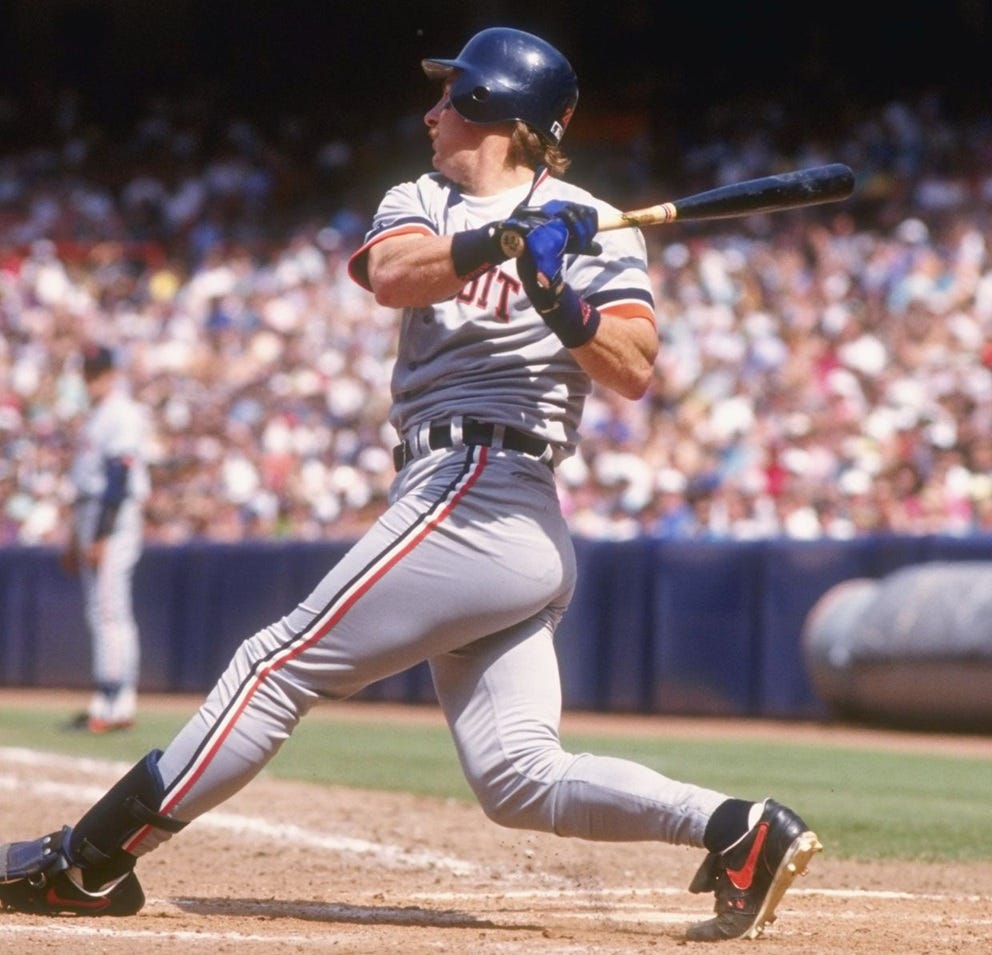
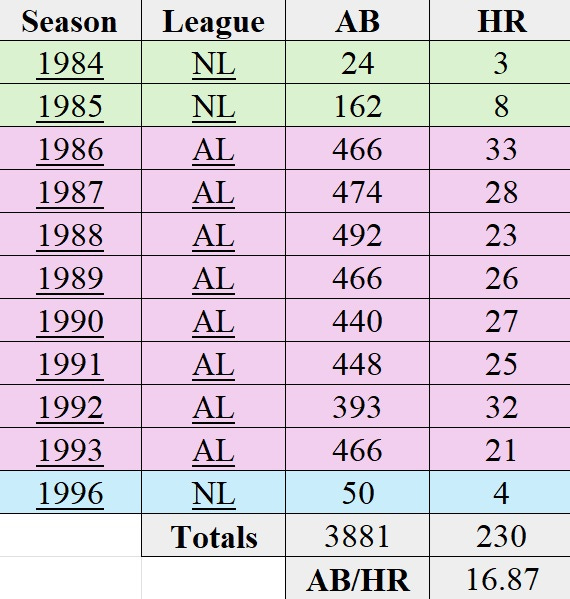
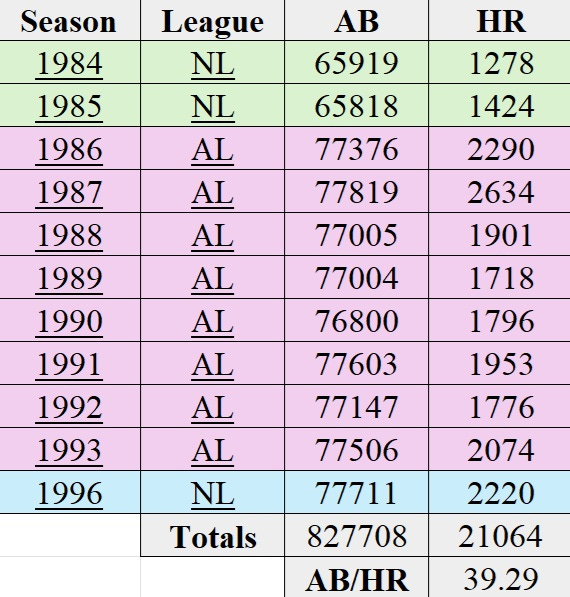
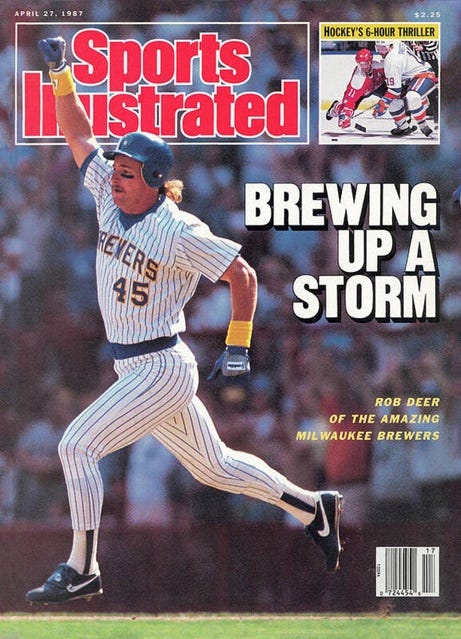
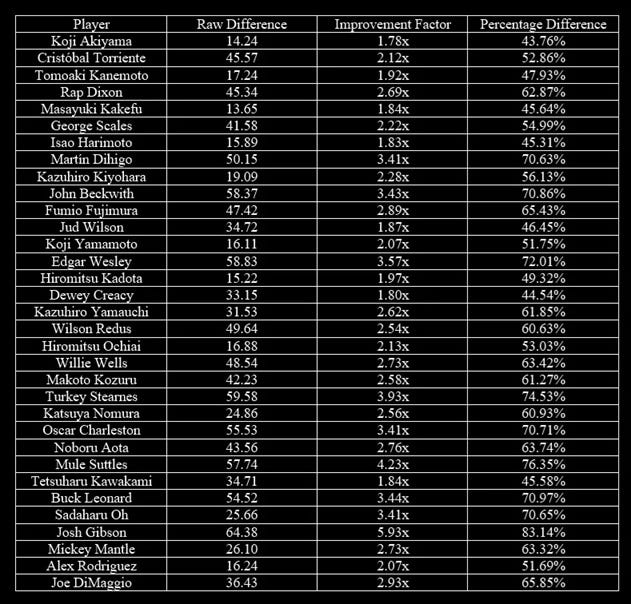
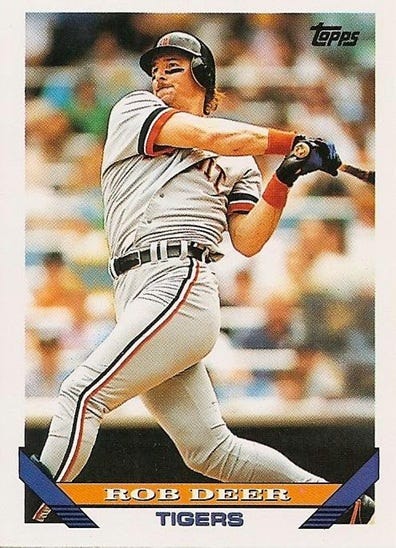

There are a lot of these bashers from the period; Deer, Lance Parrish, Darrell Evans that fit the mode of the 80's power hitter. Strong bats, not quite enough longevity to reach 500. Deer playing in Mil didn't get much coverage.